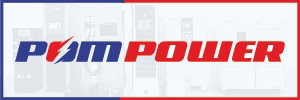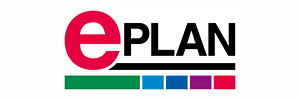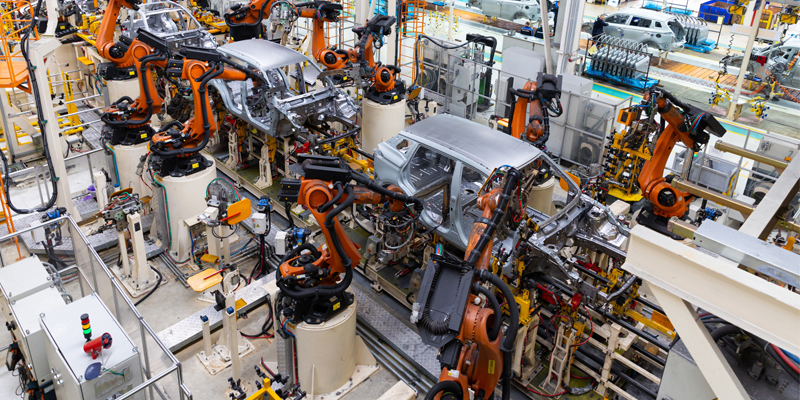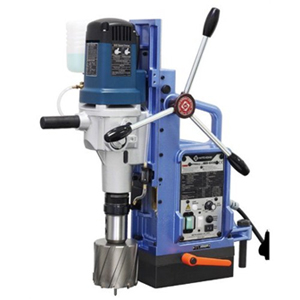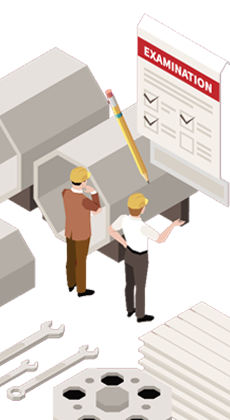Schedule a Call Back
Introduction to Enterprise Planning
 Technical Articles
Technical Articles- Sep 30,13
Enterprise Resource Planning (ERP) is described as an enterprise wide set of management tool that balances demand and supply, containing the ability to link customers and suppliers into a complete supply chain, employing proven business process for decision making and providing high degree of cross functional integration among sales, marketing, manufacturing, operations, logistics, purchasing, finance, new products development and human resources.
ERP enables people to run their business with high levels of customer service and productivity and simultaneously lowering cost and inventories. It provides the foundation effective e-commerce.

Implementation Process
- ERP predicts and balances demand and supply. It is an enterprise wide set of forecasting, planning and scheduling which functions as under:
- Links customers and suppliers into a complete supply chain
- Employs proven processes for decision making, and
- Coordinates sales, marketing, operations, logistics, purchasing, finance, product development and human resources.
Today there is a tested proven way to implement ERP. There is a well defined set of steps which guarantees highly successful implementation in a short time frame, if followed faithfully. These steps are called proven path. Original proven path was developed by Darryl V Landvater in the mid-1970s.
Successful implementation is the goal of any organisation that has chosen to go in for ERP. Any ERP implementation is a special event since it involves the entire organisation over a period of time. ERP package is expected to improve the flow of information and formalise all the business process and work flow that exist in an organisation.
Functional Integration
Companies that make products to sell have following main functional areas of operation:
Marketing and Sales: This includes the business functions of marketing, order processing, customer relationship and sales fore casting.
Production and Material Management: This includes purchasing, logistics production scheduling and plant maintenance.
Accounting and Finance: This includes financial accounting, cost control, planning and cash flow management.
Human Resources: This includes recruiting, training and pay roll. Sharing data effectively between functional areas leads to efficient business process, Information systems can be designed so that accurate data is shared between functional areas. These systems are called integrated information systems.
Strategic Plan
Strategic planning defines the overall strategic direction of the business including mission, goals and objectives. Business planning process generates the over all plan, taking into account the needs of market place, the capabilities within the company, financial targets and strategic goals.
Sales and operations planning address that part of the business plan which deals with sales, production, inventories and backlog. It establishes an aggregate plan for sales, marketing, engineering, manufacturing, purchasing and finance.
ERP has helped organisations realise order winners and qualifiers by providing software that facilitates modelling of logistic process in terms of items, bill of materials, routing and registering the goods flow in the process in terms of production and inventory. The intelligent resources planning, which is built into many of the package provide advanced material and capacity planning facilities so as to take care of order winners and qualifiers in specific situation.
Information Systems
Information system (IS) includes computer, people, procedure and software that store, organise and deliver information. Sharing data effectively within functional areas leads to more efficient business processes IS can be designed so that functional areas share data. These systems are called integrated information system.
ERP integrates business functional areas. Before ERP, each functional area operated independently, using its own information systems and ways of recording transaction. ERP software also makes management reporting and decision making faster and more uniform throughout an organisation. ERP promotes thinking about corporate goals, as opposed to thinking only about the goals of a single department or functional area.
Benefits of ERP System
ERP eliminates redundant effort and duplicate data, there can be sharing in operation expense.
Since ERP helps goods and services move through faster, more sales can be generated.
ERP system can save company's personnel, suppliers and customer services.
Enterprise Software
The emergence for Enterprise Software (ES) over the past ten years has revolutionised not just how computers are used but the very way companies think. The development of the enterprise software systems offered the clear advantage of connecting to a central data base that could be accessed by the appropriate corporate systems.
ERP integrates business functional areas with one another. ERP software makes management reporting and decision making faster and more uniform throughout an organisation. ERP promoted thinking about the goals as opposed to thinking about the goals of a single department or functional area.ERP system can integrate company's operations by acting as company wide computing environment that includes database that is shared by all functional areas. Such software can deliver consistent data across all business functions in real time. Real time refers to data and processes that are always current.
System Analysis
System analysis and program development (SAP) was developed in Manheim, Germany by 5 formers IBM system analysts in 1972. In 1988, SAP realised the potential of client server hardware and began development of R/3 system. The first version of SAP R/3 was released in 1992.
Data Flow
The latest versions of ERP systems by SAP, oracle and people soft allow all business areas to access the same database. By adding other software to ERP system, companies can extend the capabilities of ERP system, thus increasing its value. Customer Relationship Management (CRM) software is one such tool. A company uses CRM software to determine each customer's needs and then uses that knowledge to build long term relationship with each customer.
Database
With access to real time stock data, sales person taking an order can confirm the availability of the material. When the sales person enters the sales order into the system, the order data is immediately available to production, so manufacturing can update production plane and material management can plan the delivery of the order. The same sales data is also available to accounting for preparing invoices.
ERP developers are continuing to develop customer resource management packages that increase the efficiency of the sales force. ERP developers are also making existing system smarter by extending ERP's capabilities into more areas of decision support, management reporting and data generation.
Conclusion
ERP brings together people who work on shared tasks within the same enterprise or in their dealing with suppliers and customers.
Enterprises have to ensure smoothers flow of information at all levels of the organisation. Work flow integrates business processes. ERP is the planning of the four Ms of an enterprise's resources - man, money, materials and machines - to best synergistic values. Its goals include high levels of customer service, productivity, cost reduction and inventory turnover. It does this by developing plans and scheduled so that the right resources-manpower, materials, machines and finance are available. The primary purpose of implementing Enterprise Resource Planning is to run the business in a rapidly changing and highly competitive environment.
References
ERP: Making it happen by T F Wallace and M H Kremzar
Enterprise resource planning by E Monk and Wagner
Enterprise resource planning by G A Brady, E F Monk and B J Wagner
Related Products

Robot Plus
Schunk Intec India Pvt Ltd offers a wide range of robot plus.

Bmt Tool Disc and Tool Holders
Prominent Machine Tools offers a wide range of BMT tool disc and tool holders.

Av Automatic Transfer Switch for Seamless Power
HPL Electric & Power Limited offers a wide range of AV automatic transfer switch for seamless power.



